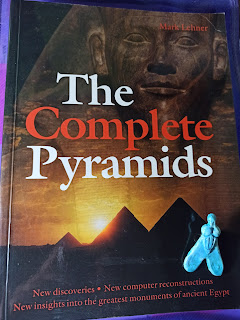La apasionante vida del faraón femenino Hatshepsut nos abre una puerta del conocimiento a la fascinante civilización egipcia, en el comienzo de su periodo más esplendoroso: la dinastía XVIII, que inauguró el floreciente Imperio Nuevo. Envuelta en las brumas de la Historia Antigua, la biografía de esta mujer nos lega escasa de datos, debido a la persecución que su memoria sufrió en lo momentos posteriores a su muerte. Siempre en controversia, el tema de la vida de esta reina, ejemplo de tenacidad, decisión, inteligencia, equilibrio, sagacidad y honradez, ha sido tratado por egiptólogos extranjeros con mayor o menor acierto, siendo esta la primera vez que se ofrece al público de habla castellana una obra escrita a la luz de las últimas investigaciones científicas. Para hacerla amena, esta obra se ha enriquecido con amplios datos de carácter general sobre el ambiente de intrigas palaciegas, salpicadas de las grandezas y limitaciones humanas, de amores y odios, que caracterizó el reinado de Hatshepsut. El presente trabajo, realizado de forma rigurosa, redactado en un lenguaje ameno y sencillo, hace posible que su contenido alcance e interese a todos los públicos. Uno de los mayores atractivos de la vida de esta mujer es la modernidad de su pensamiento y actuación, lo que la sitúa muy cercana a nuestra mentalidad abierta del siglo XX. Especial bibliográfico sobre el Antiguo Egipto
Editorial:
ALDERABAN
Idioma:
CASTELLANO
Encuadernación:
Tapa blanda
ISBN:
9788488676481
Año de edición:
2013
Plaza de edición:
ESPAÑ










































